Flavor characteristics of hand-made Honduran coffee beans thickness adjustment of brewing and grinding of coffee beans in laurel manor
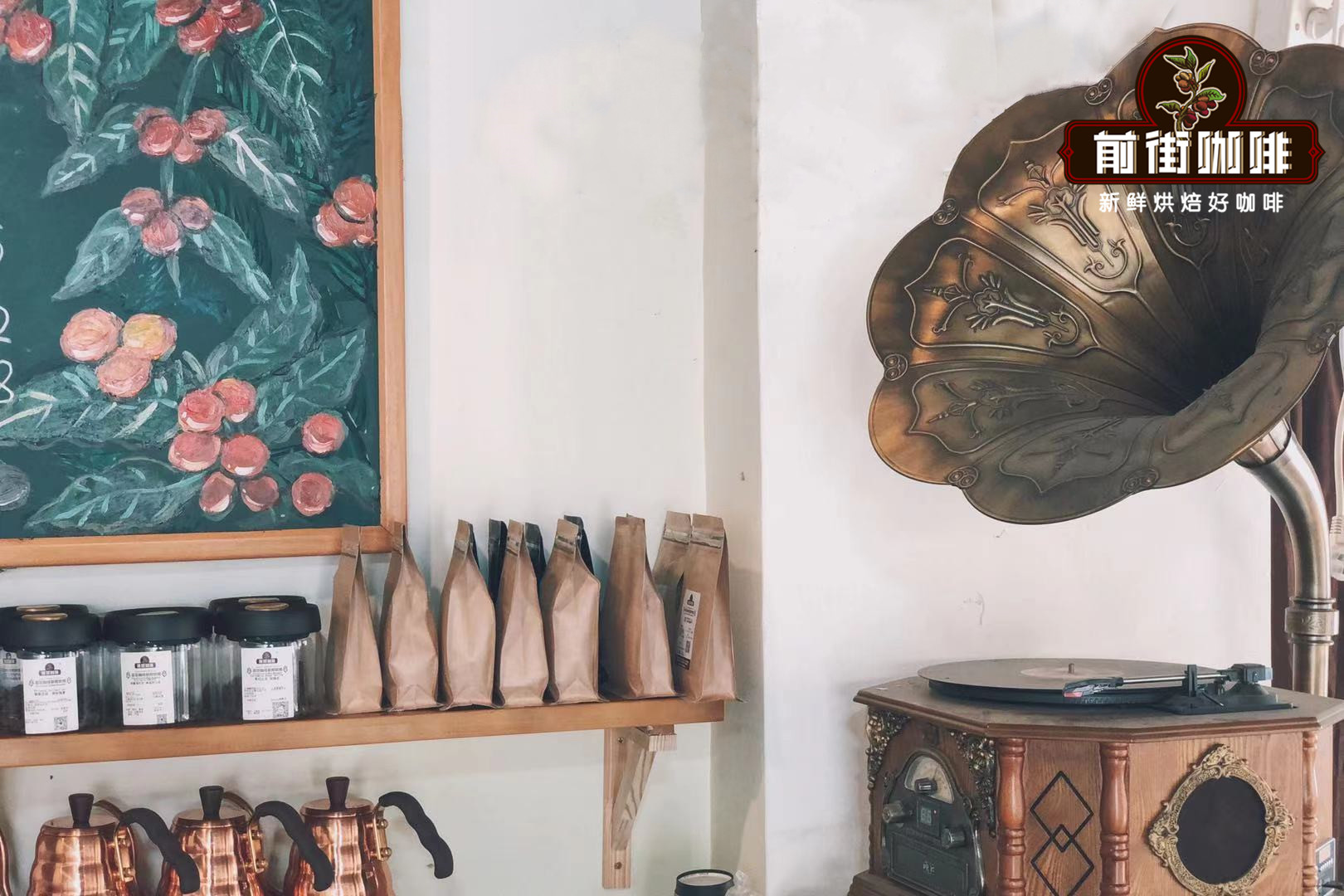
Professional coffee knowledge exchange more coffee bean information please follow the coffee workshop (Wechat official account cafe_style)
Qianjie Coffee believes that in addition to varieties, producing areas and planting methods, there is also an important process-coffee raw bean treatment, different treatments will lead to different coffee bean flavor. There are more and more coffee bean processing methods, Qianjie coffee beans basically include all the current mainstream processing methods, Qianjie coffee will continue to dig characteristic coffee beans for evaluation, to give you an objective data reference.

Introduction to the Coffee country of Honduras
Honduras is located in the north of Central America, facing the Caribbean Sea to the north, the Gulf of Fonseca in the Pacific Ocean to the south, Nicaragua and El Salvador to the east and south, and Guatemala to the west, mostly mountains and plateaus. There are 280000 hectares of coffee plantations in Honduras, mainly small coffee plantations, most of which are less than 3.5ha. These coffee plantations account for 60% of all coffee production in Honduras.
Honduras is not only the largest coffee producer in Central America, but also the second largest producer of washed Arabica beans in the world if only washed Arabica beans are counted. At the beginning of the 21st century, Honduran coffee surpassed bananas to become the most important cash crop in the country. Banana production is dominated by large American companies, but coffee growers are all small farmers. There are currently 110000 coffee farmers in Honduras. Manual picking of coffee cherries is the main harvest method, and the picking season is from November to March every year.

Coffee development in Honduras
Honduran coffee was first introduced to Honduras by Spanish merchants in the late 18th century. Coffee was grown on a small scale in Honduras in 1804. In fact, there is a historical reason for the late development of coffee in Honduras, which is due to the lack of transportation construction connecting the producing area and the port in Honduras, which leads to the slow start of the coffee industry in Honduras. But after 1970, the government created Instituto Hondure ñ o del Cafe (IHCAFE), the official agency for coffee, to improve the quality of coffee, and coffee trees could be planted all over Honduras, allowing Honduras to overtake Costa Rica and Guatemala in coffee production in 2011.
In 1975, coffee production fell sharply due to frost in Brazil, while Honduras took the opportunity to take advantage of the surge in coffee production from 500000 bags to 1.8 million bags and was looted. It was only after that that coffee production in Honduras really developed. In the 1990s, Central American boutique coffee rose, while other countries won by quality, while Honduras lagged behind in coffee quality. The main reason is that in the process of raw bean treatment, due to abundant and uncertain rainfall in the mountain area, the final stage of drying is affected. In 2004, for the first time in Honduras, the Zhuoyue Cup Raw Bean Competition was held. 21 coffees from all over the country were recognized and participated in online auctions. In 2011, Honduras became the highest coffee producer in Central America and the second largest Arabica coffee producer in the world.

Today, Honduras has become one of the top ten coffee producers in the world and the second Arabica coffee producer in the world. Coffee has played an important role in its economy and national development. There are 280000 hectares of coffee plantations in Honduras, mainly small coffee plantations, most of which are less than 3.5ha. These coffee plantations account for 60 per cent of all coffee production in Honduras.
Honduran treatment-washing treatment
Honduran coffee beans are mainly treated with water, and water-washed coffee is formed by the following steps:
1. Remove floating beans
Pour the coffee beans into a large tank, the underdeveloped inferior beans will surface, and the ripe and full fruits will sink to the bottom of the water. At this time, the floating beans on the surface will be removed, that is, the steps of removing floating beans will be completed.
two。 Remove the peel and pulp
Through the pulp screening machine (pulping machine), the exocarp and pulp of coffee fruit are removed. It leaves pectin, endocarp and silver peel.
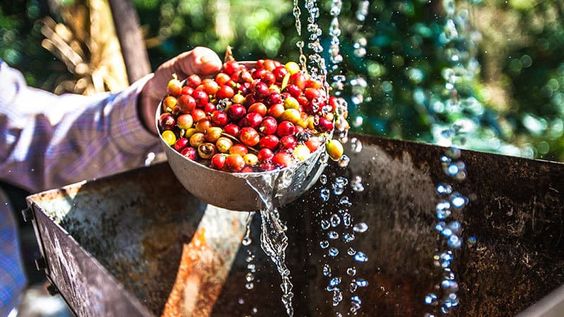
3. Ferment
The purpose of this step is to use biological treatment to remove pectin. Put the coffee fruit treated by the pulp sieving machine into.
4. Water washing
After completing the fermentation and removing the pectin, the coffee beans will be cleaned again because the fermentation bacteria and impurities will remain on the coffee beans. This step consumes a lot of water in order to clean the dry rice.
5. Drying and removing endocarp and silver peel
The coffee fruit is usually dried by a machine (or sun-dried) to reduce the moisture content to 1014%. Then use the sheller to remove the remaining endocarp and silver peel, that is, to complete the processing.
Qianjie coffee is roasted and brewed with Honduras-washed orange manor and laurel manor to taste its flavor.
Qianjie Coffee Honduras Sweet Orange Manor
Country: Honduras
Producing area: Makala Marcala
Altitude: 1425 m
Variety: Kaduai
Treatment method: washing treatment method

Baking analysis
This coffee belongs to the SHB grade, the bean density is moderate, the yellowing point is about 5 minutes and 15 seconds, then reduce the firepower and open the throttle to enter the Mena reaction, open the throttle when an explosion, keep the firepower, the temperature is about 192.4 ℃, 2 minutes and 00 seconds after the explosion.
Roaster Yangjia 600g semi-direct fire
The furnace temperature is preheated to 200 degrees into the pot, the throttle is opened at 3jing30s, the firepower is adjusted to 160, the temperature recovery point is 1: 31 ", keep the firepower, 5: 15" turns yellow, the smell of grass disappears, enters the dehydration stage, the firepower is reduced to 130, the throttle is opened to 4, and the firepower is reduced to 110 again at 170 degrees.

When the dehydration is completed at 8pm, the bean surface shows wrinkles and black markings, and the smell of toast changes to coffee, which is a prelude to an explosion, when the firepower remains the same, the throttle opens to 5, and listen to the sound of the blast. when the explosion starts at 9: 11 ", the throttle is fully open for 5. The development time after the explosion is 2 minutes and the pot is 192.4 ℃.
Cup test report

Cooking suggestion
Filter cup: Hario V60
Water temperature: 90 ℃
Amount of powder: 15g
Powder / water ratio: 1:15
Degree of grinding: 80% pass rate of standard No. 20 screen
Washing and cooking technique
Segmented extraction
Steam with 30 grams of water for 30 seconds, small flow circle injection to 125 grams, continue to inject water to 225 grams when the water level is about to be exposed, remove the filter cup when the water level is about to expose the powder bed, (steaming starts timing) the extraction time is 2: 00 ".
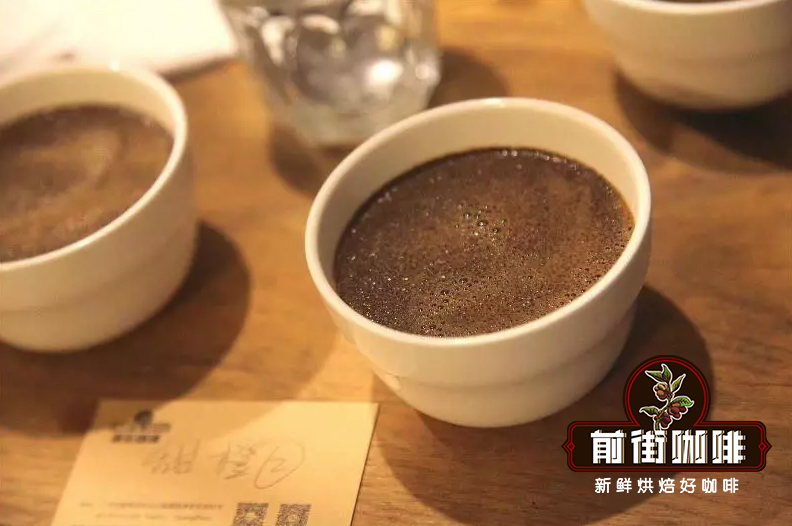
Flavor description
Dry aromas of spices and roasted peanuts make the beans more sour, with soft sour berries, orange, cantaloupe, cream, nuts and dark chocolate, with a hint of Xuanmi tea at the end.
Qianjie Coffee Honduras Laurent Garden washing Palayima species
Coffee producing area: El Paraiso
Planting altitude: 1400 m
Coffee variety: Palayinema Parainema
Treatment method: washing treatment
Coffee grade: SHG
Baking curve

Cup test report
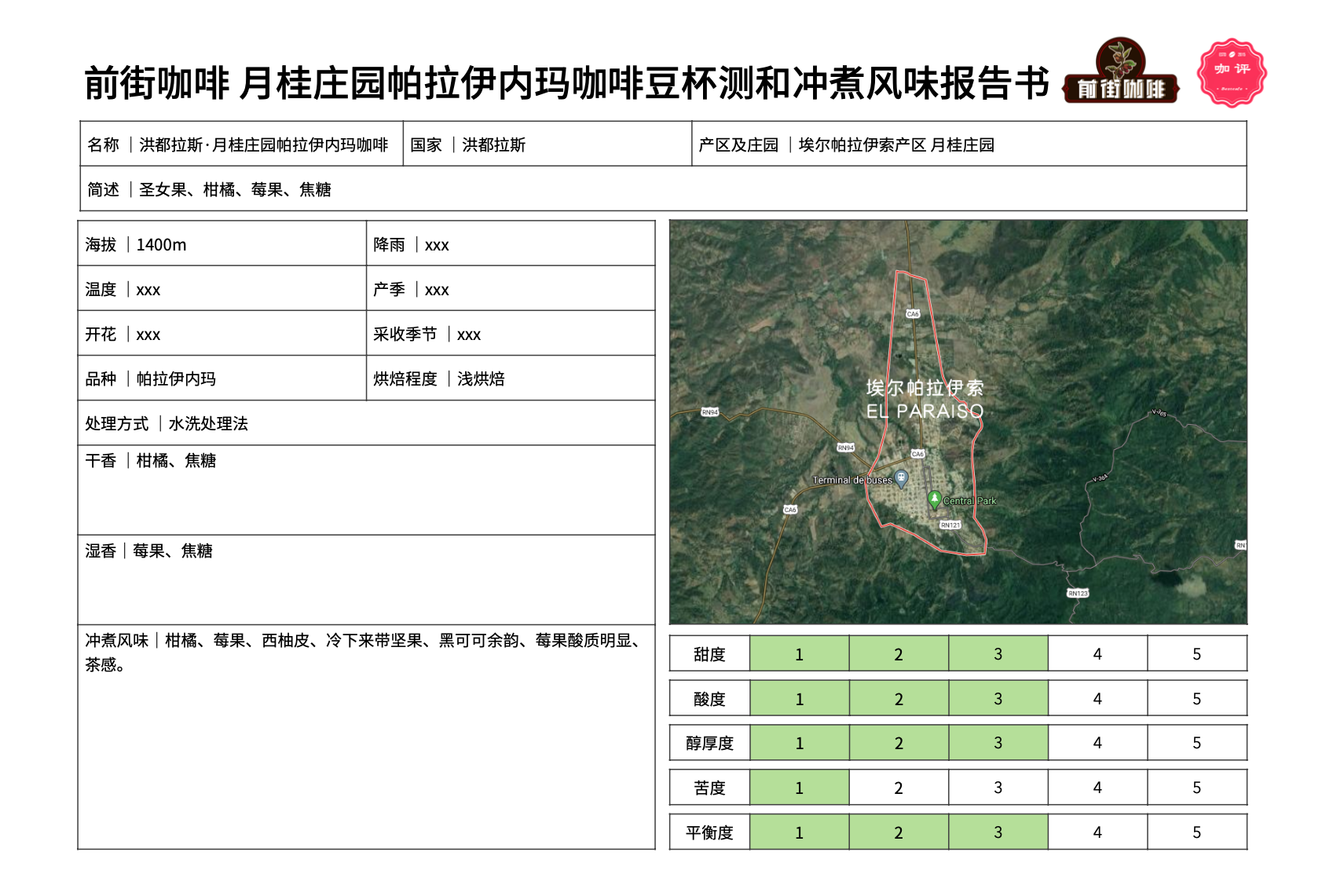
Cooking suggestion
Filter cup: Hario V60
Water temperature: 90 ℃
Amount of powder: 15g
Powder / water ratio: 1:15
Degree of grinding: 80% pass rate of standard No. 20 screen
Washing and cooking technique
Segmented extraction
Steam with 30 grams of water for 30 seconds, small flow circle injection to 125 grams, continue to inject water to 225 grams when the water level is about to be exposed, remove the filter cup when the water level is about to expose the powder bed, (steaming starts timing) the extraction time is 2: 00 ".
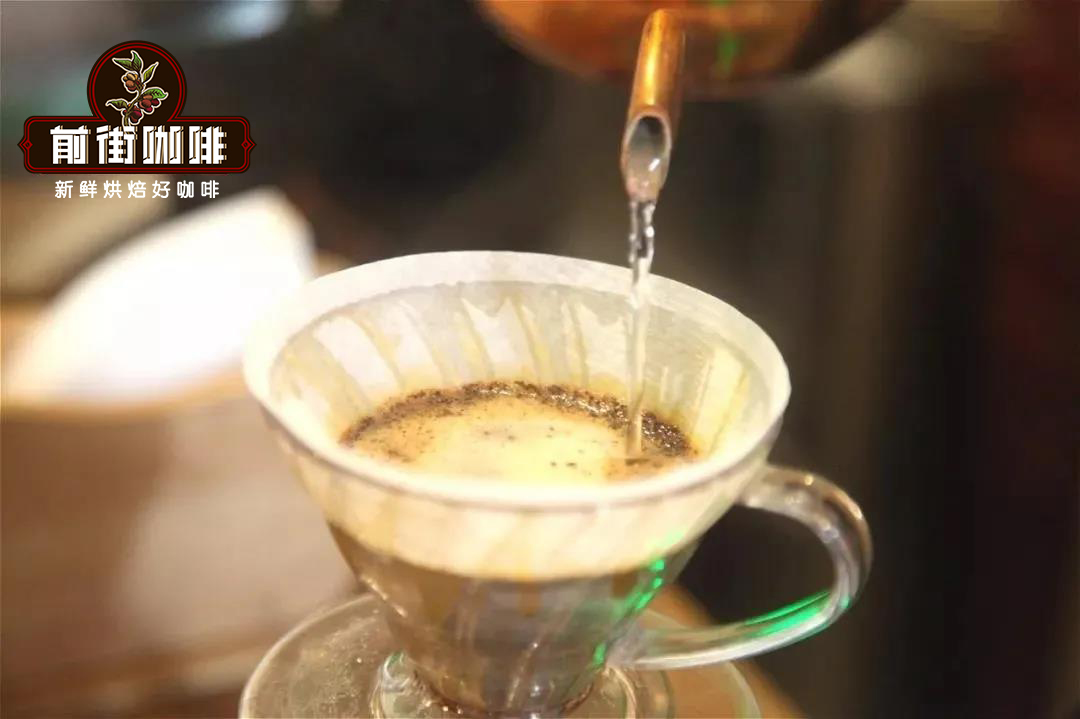
Flavor description
Citrus, berry, grapefruit peel, cold with nuts, black cocoa aftertaste, obvious acidity of berries, tea feeling
Honduran flavor and taste
The average planting height is more than 1100 meters above sea level. The main varieties of coffee are Arabica, including Kaddura, Kaduai, Pacas and Tibica, and the treatment is mainly washed with water. Honduran coffee has a wide variety of flavors, the best of which have complex fruity aromas and vibrant, juicy acidity. Mellow thickness and sweetness are quite high, with fruit tone, but sometimes with nutty, taffy aromas, is a lot of layers of coffee.
Coffee grading system in Honduras:
Strictly High Grown (SHG): over 1200 meters.
High Grown (HG): over 1000 meters.
Central Standard (CS): grow more than 600m above sea level.
Honduran varieties:
Most of the coffee varieties grown in Honduras are Arabica, mainly derived from Bourbon Bourbon, Kaddura Caturra, Kaduai Catuai, Iron pickup Typica and Pacas Pacas.
Typica tin card-commonly used locally, ar á bigo or criollo, to call the typica tin card, the branches are usually at an angle of 60 degrees to the trunk, and the coffee fruit is very good and is widely loved by buyers.

Borbon bourbon species-widely cultivated in high-altitude mountain areas. The branch is at an angle of 45 degrees from the trunk. The newly sprouted coffee leaves are light green. Bourbon species can also be regarded as higher species, which often need pruning and care at the initial stage of planting. At the same time, the planting range of a single plant is larger!
Caturra Kaddura-native to Brazil, is a variety of bourbon. Kaddura is a short and dense coffee species, which is more convenient to harvest and take care of. The branch and the trunk also show a 45-degree angle. The leaves are round and shiny! The shape of the fruit is similar to that of bourbon, but the yield per plant is higher, the harvest time is later, and the trunk is more resistant to the wind!
Catuaikaduai seed-also originated in Brazil. It's a hybrid of Mundo Novo and Caturra. Katey is also a dwarf but taller than Caturra. The branching angle is the same as the leaf shape is the Caturra, only the color is lighter. High yield, similar to Kaddura, short plant, suitable for intensive planting, good resistance to natural disasters, especially wind and rain resistance, low tree body, solid fruit.
Maracatu Malakadura species-the hybrid of Maragogype and Caturra, the bean shape is larger.

Pacas Pacas-A bourbon variety found in El Salvador, a new variety formed by a single gene mutation, plants can be further densely planted, with shorter internode spacing and a larger fruiting area, resulting in higher unit yield.
Villa Sarchives Vera Saatchi, a natural mutant of bourbon, is a relatively small plant. It was found in Costa Rica in the 1950s and was named after sarchi, where it was found.
Coffee producing areas of Honduras
Honduras coffee can be divided into six major producing areas, mainly located in the western and southern regions of Copan, Opalaca, Montecillos, Comayagua, Agalta Tropical and El Paraiso. The average height of high-quality products is more than 1100 meters above sea level. 69% of the coffee grown in these areas is HG, and 12% is SHG,19% and CS.
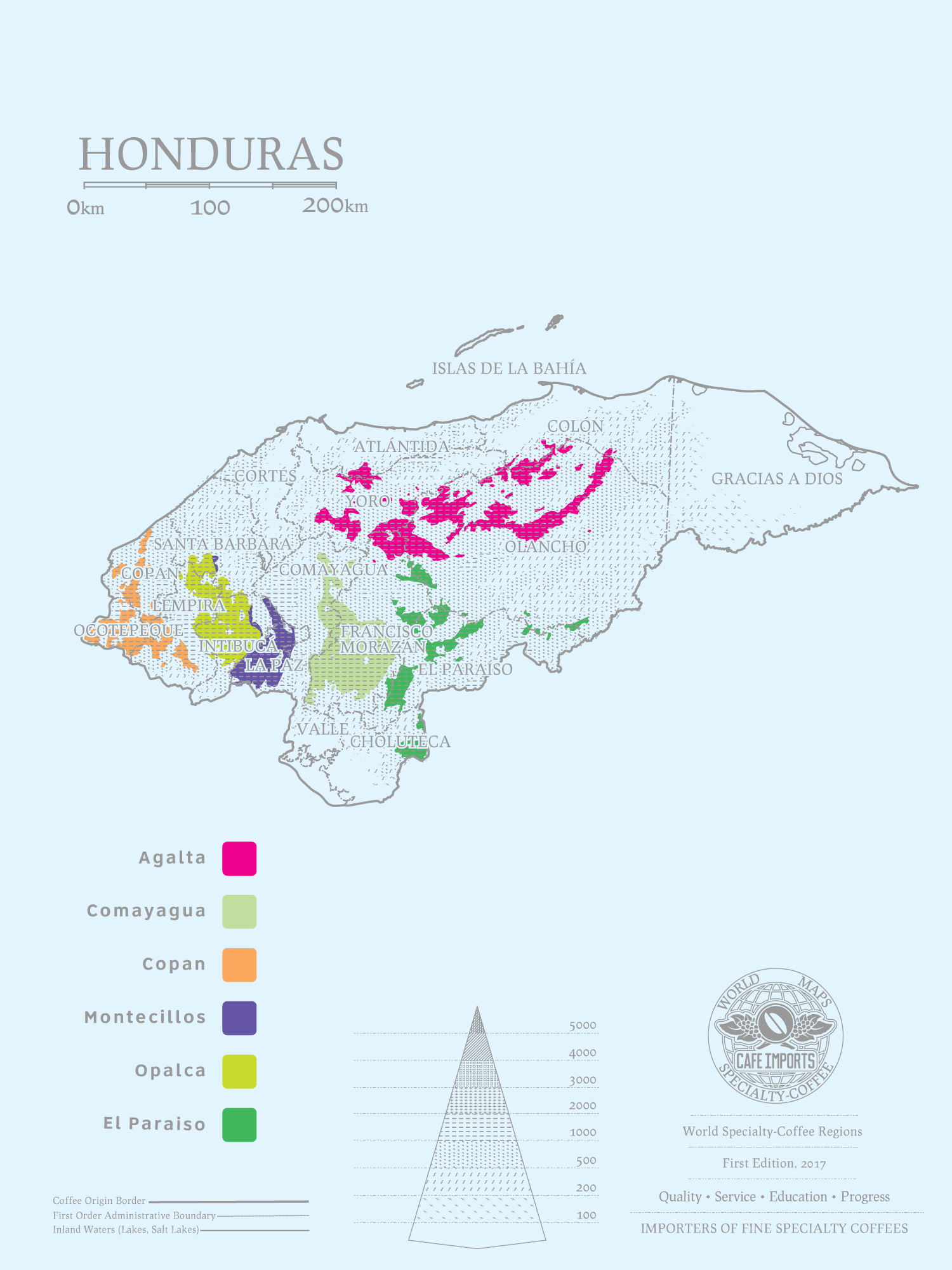
Section District (Copan):
Located between Copan, Ocotepeque and Lempira regions, it shows a strong chocolate flavor, characterized by the sweetness of honey and caramel, and the fruit flavor is relatively light.
Altitude: 1000-1500 m
Temperature: 11.5-22.5℃
Precipitation: 1300-2300 mm
Harvest: November-March

Obalaca District (Opalaca):
Located between Santa B á rbara, Intibuca and Lempira regions, it has very delicate acidity and overall balance, with tropical fruits such as grapes and mulberries on the palate. The finish is sour and sweet, showing a strong lemon flavor, neutralized by honey and caramel sweetness, with obvious fruit flavor.
Altitude: 1100-1500 m
Temperature: 11.5-22.5℃
Precipitation: 1400-1950 mm
Harvest time: November-February
Varieties: bourbon, Tibica, Kaduai, Barr
Mondesius (Montecillos):
Located between the La Paz, Comayagua, Santa B á rbara and Intibuca regions, it is full of fruity and sweet aromas with lemon and floral aromas. Lemon and fruit aromas are important features, especially peaches and oranges, with lively and bright acidity, velvety texture and a lingering finish.
Altitude: 1200-1600 m
Temperature: 12-21.2℃
Precipitation: 1300-2300 mm
Harvest time: November-April
Variety: Bourbon,Catuai,Typica
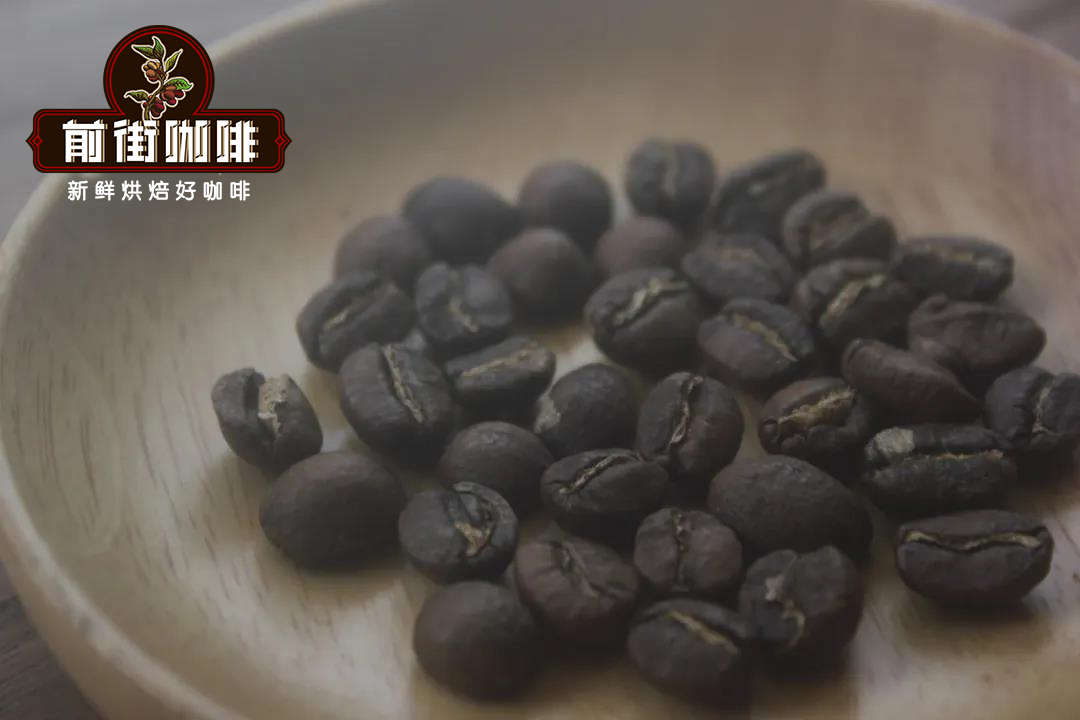
Gongma Agua (Comayagua):
Located between Comayagua and Francisco Moraz á n, it is dominated by lemon flavor, with sweet fruit aromas, creamy mellow taste, citrus sweetness, sweetness and chocolate aromas.
Altitude: 1000-1500 m
Temperature: 14.0-22.0 ℃
Precipitation: 1350-1700 mm
Varieties: bourbon, Kaddura, Tibica, Pacas
Harvest season: December-March
Akata (Agalta Tropical):
This region, which straddles parts of the provinces of Olancho, El Paraiso and Francisco Moraz á n, is mainly the eastern province and is the most scattered region. It consists of 14 protected areas to increase their plant diversity to balance the ecosystem, and is of high ecotourism value. The aroma and aroma of honey, it has a strong citrus flavor and subtle and obvious acidity, and a pleasant finish.
Altitude: 1000-1400 m
Temperature: 14.5-22.5℃
Precipitation: 1300-1950 mm
Harvest season: December-March
Variety: Bourbon,Catuai,Typica

Paraso (El Paraiso):
El Paraiso is located in El Paraiso in the south of Honduras, bordering Nicaragua. Coffee is mainly with gentle acidity, caramel flavor and well-balanced taste.
Altitude: 1100-1500 m
Temperature: 16-22.5℃
Precipitation: 1000-1400mm
Harvest season: December-March
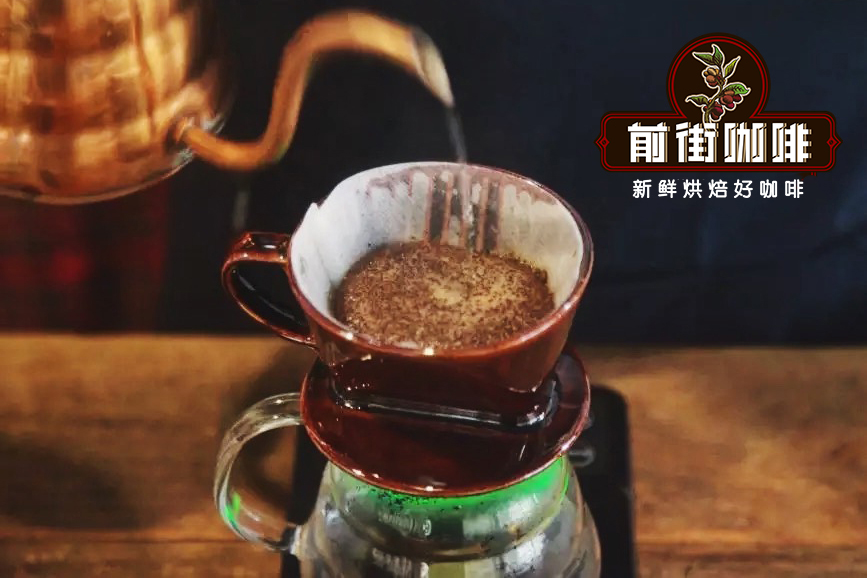
For more boutique coffee beans, please add private Qianjie coffee on Wechat. WeChat account: kaixinguoguo0925
Important Notice :
前街咖啡 FrontStreet Coffee has moved to new addredd:
FrontStreet Coffee Address: 315,Donghua East Road,GuangZhou
Tel:020 38364473
- Prev
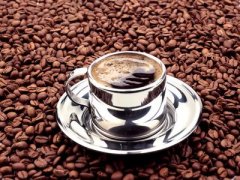
The difference between the raspberry orchard and other varieties of Yega, the special aroma of coffee.
Ethiopia Yirgacheffe Natural Boyefi G1 Ethiopian sun Yega snow berry orchard / Bojafine G1 flavor description: dry aroma smells of intoxicating comprehensive berry aromas, blueberries, strawberries, wild berries, etc., full-bodied berry and fruit wine aromas, sipped with strong strawberries, blueberries accompanied by passion fruit, mango and other hot belt water
- Next
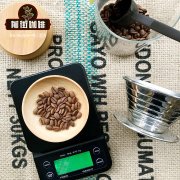
Sidamo Guji Coffee Bean Award Winning and Attracting Reasons
Ethiopia National Taste of Harvest Competition 2016/2017 Ethiopia National Taste of Harvest Competition 2016/2017 Ethiopian Coffee Competition 2017 Regional Africa Taste of Harvest Competition 2017 African Coffee Competition 2017 African Coffee Competition 2017 15g powder, medium fineness grinding (small Fuji ghost tooth knife 3.5 grinding), v60
Related
- Does Rose Summer choose Blue, Green or Red? Detailed explanation of Rose Summer Coffee plots and Classification in Panamanian Jade Manor
- What is the difference between the origin, producing area, processing plant, cooperative and manor of coffee beans?
- How fine does the espresso powder fit? how to grind the espresso?
- Sca coffee roasting degree color card coffee roasting degree 8 roasting color values what do you mean?
- The practice of lattes: how to make lattes at home
- Introduction to Indonesian Fine Coffee beans-- Java Coffee producing area of Indonesian Arabica Coffee
- How much will the flavor of light and medium roasted rose summer be expressed? What baking level is rose summer suitable for?
- Introduction to the characteristics of washing, sun-drying or wet-planing coffee commonly used in Mantenin, Indonesia
- Price characteristics of Arabica Coffee Bean Starbucks introduction to Manning Coffee Bean Taste producing area Variety Manor
- What is the authentic Yega flavor? What are the flavor characteristics of the really excellent Yejasuffi coffee beans?

